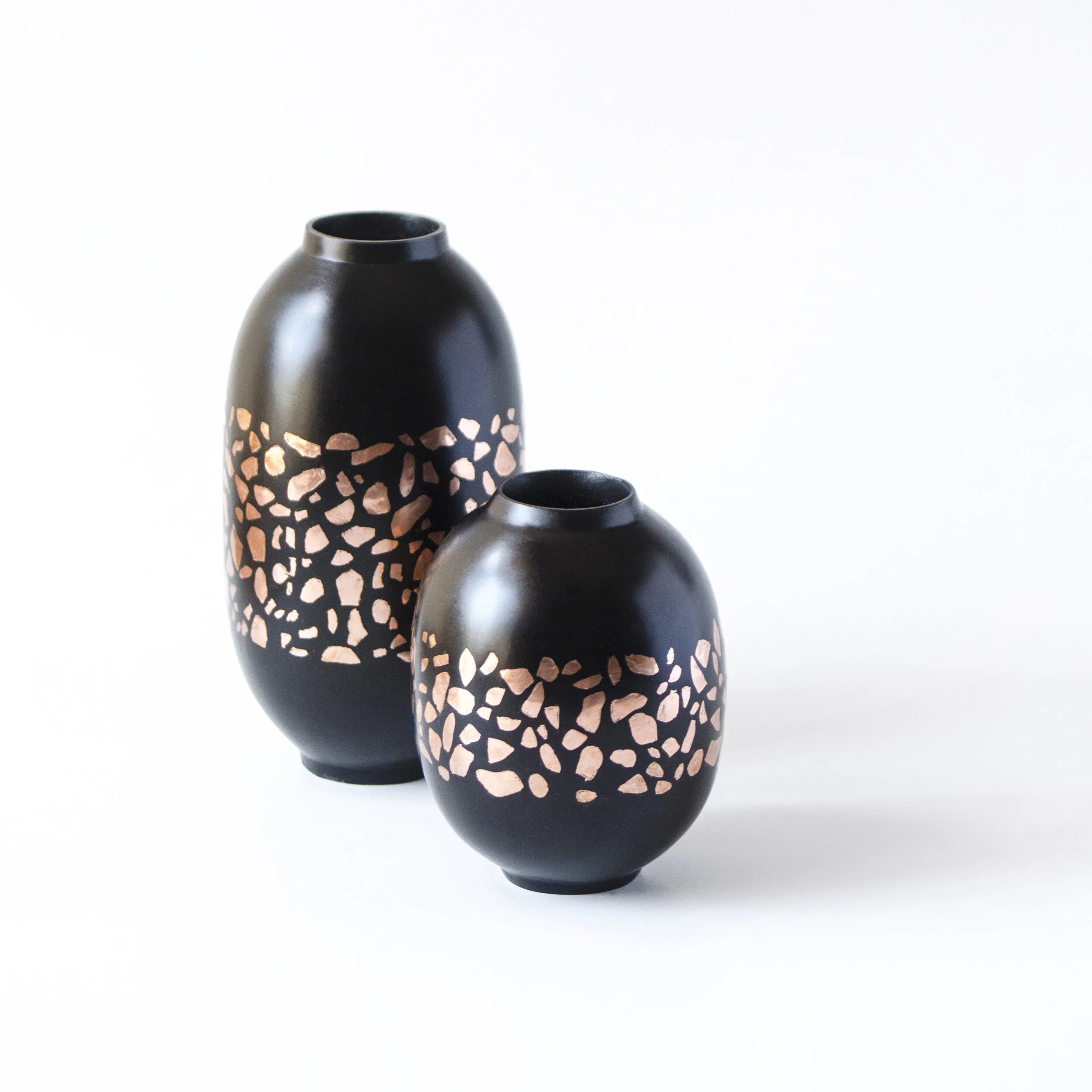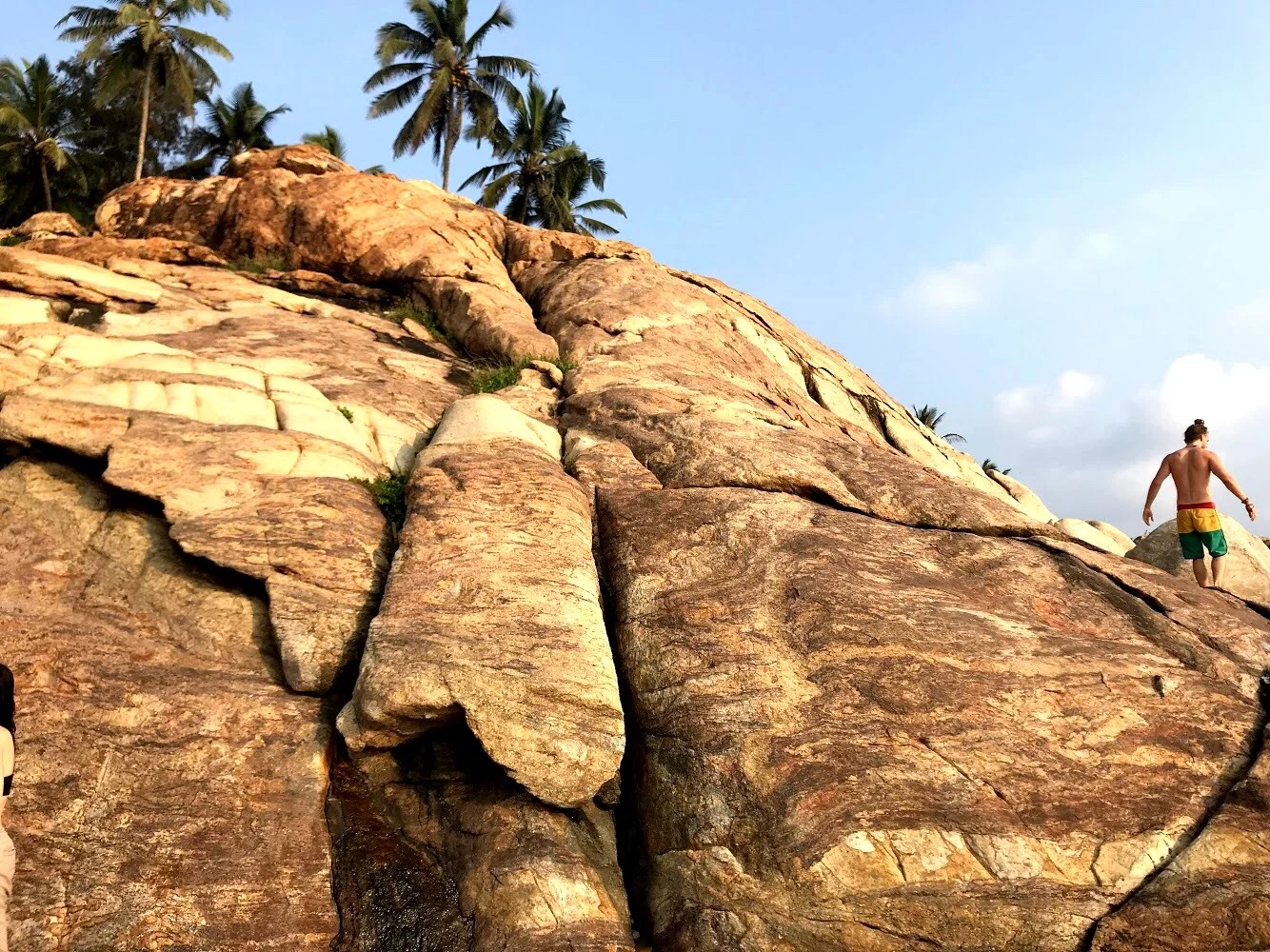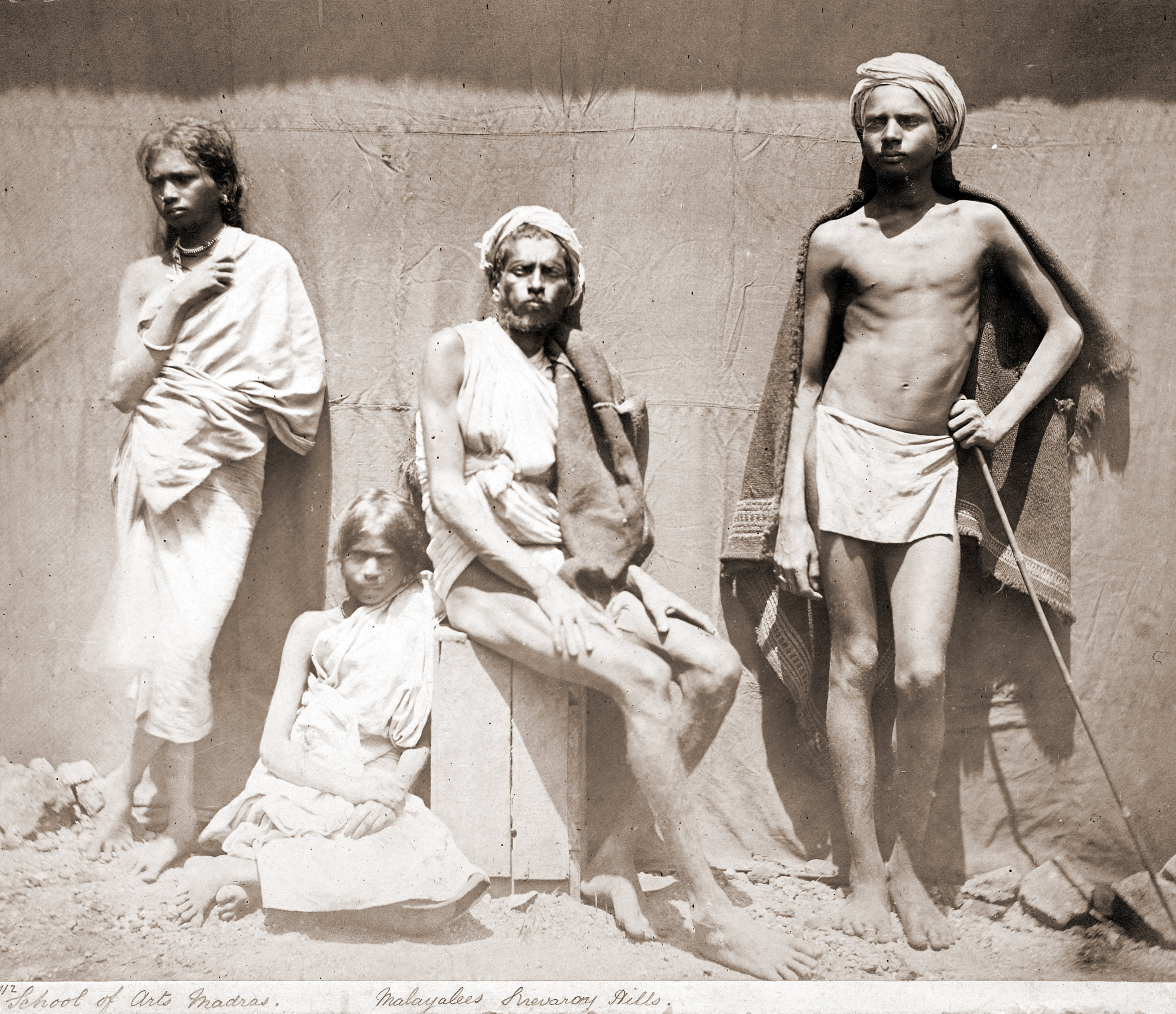A crowded arcade at Delhi’s Red Fort
How to avoid a long line and hit the various sections of the expansive Red Fort (Lal Qila).
With all the crowds around the entrances of India’s major monuments, tourists can get confused about where to go — and the long lines can be daunting. But here’s a tip: Many attractions have two entrances — one for locals, which inevitably has a long line (and a reduced fee) and one for foreign tourists.
We entered the fortress through the Lahori Gate and passed through the enclosed Chhatta Chowk shopping arcade, which was known as the Meena Bazaar during the reign of Emperor Shah Jahan. As women of nobility rarely ventured outside, the emperor wanted to create an enclosed market where they could shop, like the ones he had seen in Persia. The high-vaulted ceilings are covered in stucco with an intricately carved geometric honeycomb design.
“Here’s a tip: Many attractions have two entrances — one for locals and one for foreign tourists. ”
The Red Fort was the main residence of Shah Jahan and was designed to impress visitors with its size and grandeur. In truth, many of the pavilions inside the fort were demolished after the British took control and replaced with military barracks, which were occupied until independence in August 1947 and subsequently inhabited by the Indian Army until 2002. Many of the remaining pavilions are in poor condition and due to a lack of conservation work, the Archaeological Survey of India has cordoned off many sections.
The long, narrow water channels, which intersect the complex, were dry and neglected, and large slabs of red sandstone lay tossed aside like hunks of discarded gingerbread.
We passed the exquisitely inlaid Diwan-I-Khas, where Shah Jahan would receive private guests. Unfortunately, it was closed off to the general public.
Every guidebook will tell you that the Red Fort is a must-see. But honestly, it wasn't our favorite spot in Delhi. Go in with lower expectations, knowing it's mostly run-down, with some nice colonnaded arcades. –Duke































